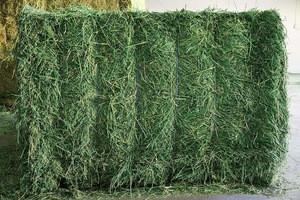Alfalfa Hay, often regarded as the backbone of forage crops, is experiencing a modern-day renaissance that signifies the continuation of the green revolution in agriculture..
With an increasing emphasis on sustainable agriculture and the demand for high-quality livestock feed, Alfalfa Hay has once again emerged as a prominent player. Its exceptional nutritional profile, environmental benefits, and versatility have contributed to its resurgence.
Modern farming techniques and advancements in cultivation practices have further enhanced the production and quality of alfalfa hay. Innovations such as precision agriculture, improved irrigation systems, and optimized harvesting methods have resulted in higher yields, improved nutrient content, and reduced environmental impact.
Additionally, the development of new Alfalfa Hay varieties with enhanced traits, such as disease resistance and improved digestibility, has fueled the modern-day renaissance of alfalfa hay. These advancements have opened doors to increased productivity, more sustainable practices, and improved animal nutrition.
The revival of Alfalfa Hay is not only confined to its role as a livestock feed. Its benefits extend to soil health, erosion prevention, and biodiversity conservation. As a nitrogen-fixing crop, alfalfa hay reduces the need for synthetic fertilizers and helps promote sustainable farming practices.
